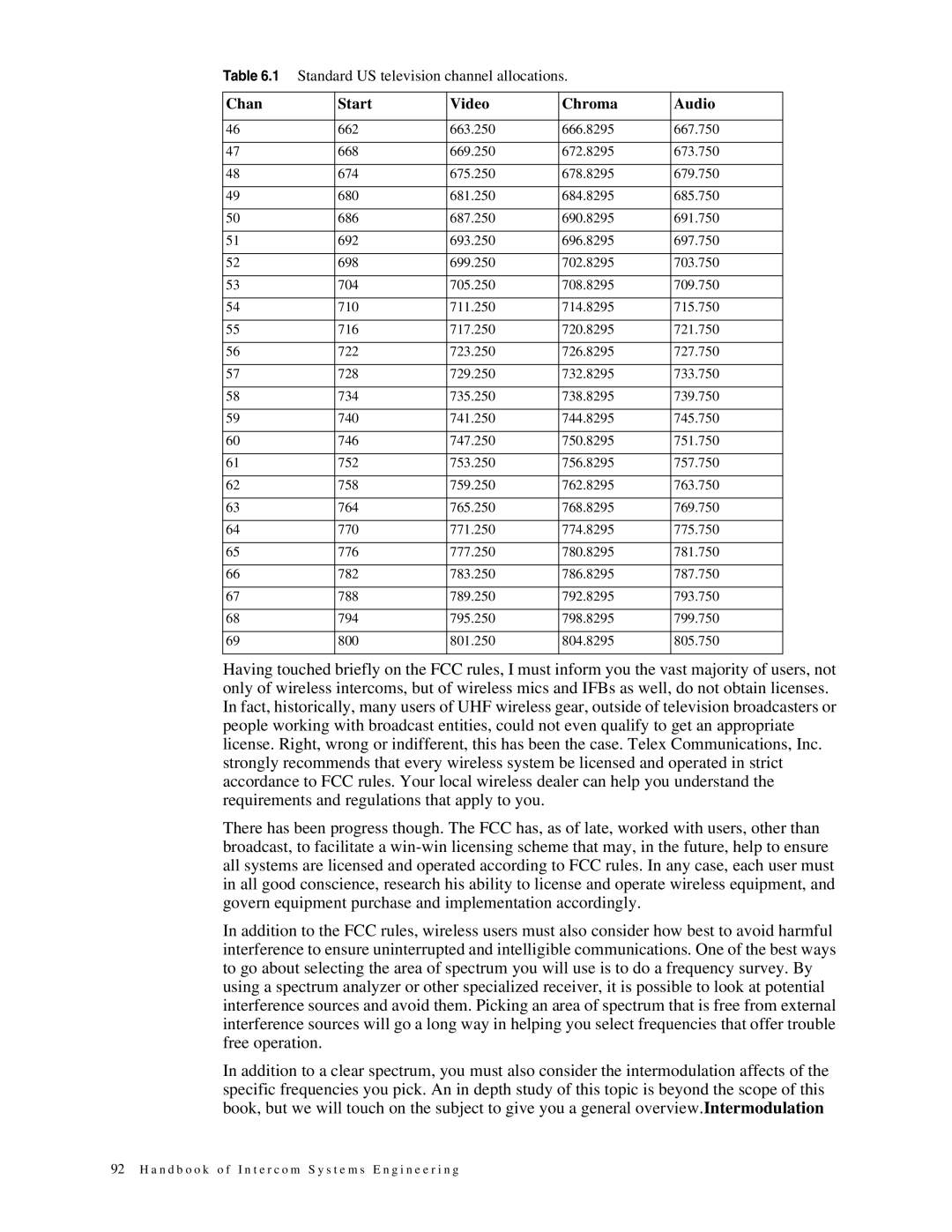Table 6.1 Standard US television channel allocations.
Chan | Start | Video | Chroma | Audio |
|
|
|
|
|
46 | 662 | 663.250 | 666.8295 | 667.750 |
|
|
|
|
|
47 | 668 | 669.250 | 672.8295 | 673.750 |
|
|
|
|
|
48 | 674 | 675.250 | 678.8295 | 679.750 |
|
|
|
|
|
49 | 680 | 681.250 | 684.8295 | 685.750 |
|
|
|
|
|
50 | 686 | 687.250 | 690.8295 | 691.750 |
|
|
|
|
|
51 | 692 | 693.250 | 696.8295 | 697.750 |
|
|
|
|
|
52 | 698 | 699.250 | 702.8295 | 703.750 |
|
|
|
|
|
53 | 704 | 705.250 | 708.8295 | 709.750 |
|
|
|
|
|
54 | 710 | 711.250 | 714.8295 | 715.750 |
|
|
|
|
|
55 | 716 | 717.250 | 720.8295 | 721.750 |
|
|
|
|
|
56 | 722 | 723.250 | 726.8295 | 727.750 |
|
|
|
|
|
57 | 728 | 729.250 | 732.8295 | 733.750 |
|
|
|
|
|
58 | 734 | 735.250 | 738.8295 | 739.750 |
|
|
|
|
|
59 | 740 | 741.250 | 744.8295 | 745.750 |
|
|
|
|
|
60 | 746 | 747.250 | 750.8295 | 751.750 |
|
|
|
|
|
61 | 752 | 753.250 | 756.8295 | 757.750 |
|
|
|
|
|
62 | 758 | 759.250 | 762.8295 | 763.750 |
|
|
|
|
|
63 | 764 | 765.250 | 768.8295 | 769.750 |
|
|
|
|
|
64 | 770 | 771.250 | 774.8295 | 775.750 |
|
|
|
|
|
65 | 776 | 777.250 | 780.8295 | 781.750 |
|
|
|
|
|
66 | 782 | 783.250 | 786.8295 | 787.750 |
|
|
|
|
|
67 | 788 | 789.250 | 792.8295 | 793.750 |
|
|
|
|
|
68 | 794 | 795.250 | 798.8295 | 799.750 |
|
|
|
|
|
69 | 800 | 801.250 | 804.8295 | 805.750 |
|
|
|
|
|
Having touched briefly on the FCC rules, I must inform you the vast majority of users, not only of wireless intercoms, but of wireless mics and IFBs as well, do not obtain licenses. In fact, historically, many users of UHF wireless gear, outside of television broadcasters or people working with broadcast entities, could not even qualify to get an appropriate license. Right, wrong or indifferent, this has been the case. Telex Communications, Inc. strongly recommends that every wireless system be licensed and operated in strict accordance to FCC rules. Your local wireless dealer can help you understand the requirements and regulations that apply to you.
There has been progress though. The FCC has, as of late, worked with users, other than broadcast, to facilitate a
In addition to the FCC rules, wireless users must also consider how best to avoid harmful interference to ensure uninterrupted and intelligible communications. One of the best ways to go about selecting the area of spectrum you will use is to do a frequency survey. By using a spectrum analyzer or other specialized receiver, it is possible to look at potential interference sources and avoid them. Picking an area of spectrum that is free from external interference sources will go a long way in helping you select frequencies that offer trouble free operation.
In addition to a clear spectrum, you must also consider the intermodulation affects of the specific frequencies you pick. An in depth study of this topic is beyond the scope of this book, but we will touch on the subject to give you a general overview.Intermodulation
92 H a n d b o o k o f I n t e r c o m S y s t e m s E n g i n e e r i n g
